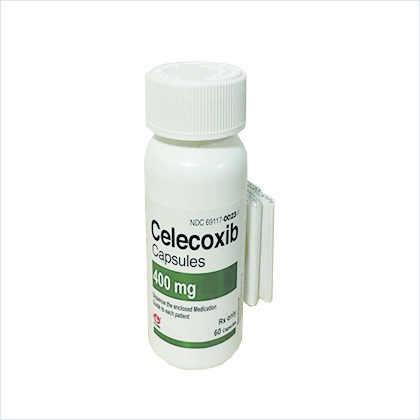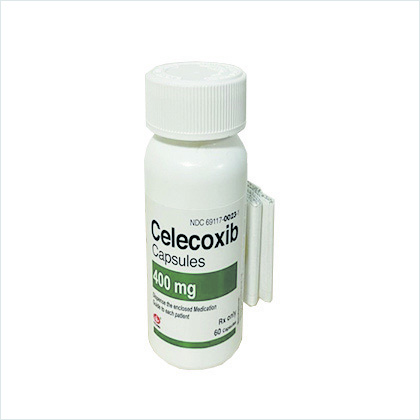Celecoxib 50 mg Capsules
Celecoxib 100 mg Capsules
Celecoxib 200 mg Capsules
Celecoxib 400 mg Capsules
- Osteoarthritis (OA): For the management of the signs and symptoms of OA.
- Rheumatoid Arthritis (RA): For the management of the signs and symptoms of RA.
- Juvenile Rheumatoid Arthritis (JRA): For the management of the signs and symptoms of JRA in patients 2 years and older.
- Ankylosing Spondylitis (AS): For the management of the signs and symptoms of AS.
- Acute Pain: For the management of acute pain in adults.
- Primary Dysmenorrhea: For the management of primary dysmenorrhea.
General Dosing Instructions
Carefully consider the potential benefits and risks of Celecoxib and other treatment options before deciding to use Celecoxib. Use the lowest effective dosage for the shortest duration consistent with individual patient treatment goals.
These doses can be given without regard to timing of meals.
Osteoarthritis
For OA, the dosage is 200 mg per day administered as a single dose or as 100 mg twice daily.
Rheumatoid Arthritis
For RA, the dosage is 100 mg to 200 mg twice daily.
Juvenile Rheumatoid Arthritis
For JRA, the dosage for pediatric patients (age 2 years and older) is based on weight. For patients >10 kg to <25 kg the recommended dose is 50 mg twice daily. For patients >25 kg the recommended dose is 100 mg twice daily.
For patients who have difficulty swallowing capsules, the contents of a Celecoxib capsule can be added to applesauce. The entire capsule contents are carefully emptied onto a level teaspoon of cool or room temperature applesauce and ingested immediately with water. The sprinkled capsule contents on applesauce are stable for up to 6 hours under refrigerated conditions (2°C to 8°C/35°F to 45°F).
Ankylosing Spondylitis
For AS, the dosage of Celecoxib is 200 mg daily in single (once per day) or divided (twice per day) doses. If no effect is observed after 6 weeks, a trial of 400 mg daily may be worthwhile. If no effect is observed after 6 weeks on 400 mg daily, a response is not likely and consideration should be given to alternate treatment options.
Management of Acute Pain And Treatment of Primary Dysmenorrhea
For management of Acute Pain and Treatment of Primary Dysmenorrhea, the dosage is 400 mg initially, followed by an additional 200 mg dose if needed on the first day. On subsequent days, the recommended dose is 200 mg twice daily as needed.
Special Populations
Hepatic Impairment
In patients with moderate hepatic impairment (Child-Pugh Class B), reduce the dose by 50%. The use of Celecoxib in patients with severe hepatic impairment is not recommended.
Poor Metabolizers of CYP2C9 Substrates
In adult patients who are known or suspected to be poor CYP2C9 metabolizers based on genotype or previous history/experience with other CYP2C9 substrates (such as warfarin, phenytoin), initiate treatment with half of the lowest recommended dose.
In patients with JRA who are known or suspected to be poor CYP2C9 metabolizers, consider using alternative treatments.

-副本.jpg)


